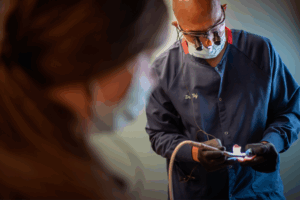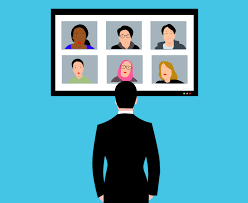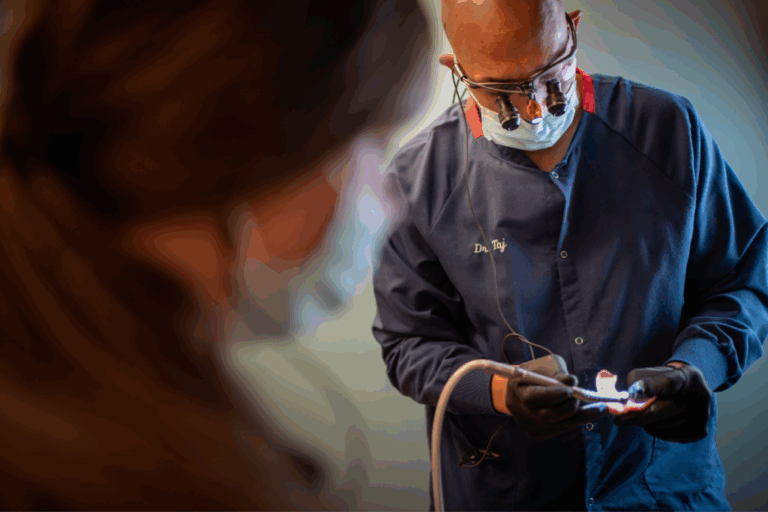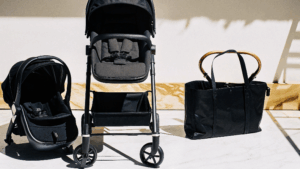Fast food restaurants are known for their quick service, busy environment, and high employee turnover. Among these, McDonald’s stands out as one of the most recognized global brands. Recently, a surprising revelation from a McDonald’s worker caught public attention: customers who greet employees may often be ignored.
This statement raised many questions and sparked conversations on social media and online forums. At first glance, this may seem rude or dismissive, but digging deeper reveals a more complex issue related to workload, workplace culture, and service expectations.
In this article, we’ll explore the real reasons behind this phenomenon and what it says about modern customer service. We’ll look into the fast-paced nature of the fast-food industry, employee perspectives, and how customers can better understand what goes on behind the counter.
By the end, we hope to shed light on why some greetings go unanswered and what changes might be needed to bridge this silent communication gap in service settings.
The High-Paced Environment of McDonald’s
A McDonald’s kitchen during peak hours is a whirlwind of activity. Employees juggle taking orders, preparing food, managing machines, and cleaning—all in a matter of minutes. Greeting customers, while important, often becomes a lower priority when the focus is on fulfilling orders efficiently.
Workers may be concentrating on multiple tasks simultaneously, leaving little room for casual conversation. For example, a cashier might be ringing up orders while also checking if an item is ready or helping a new employee. This overload of duties can make it difficult for workers to stop and respond to greetings.
It’s not a sign of disrespect, but a reflection of the pressure to keep things moving quickly. In many cases, the priority is serving customers as fast as possible, which unfortunately leaves some social niceties behind. Understanding this can help us see that being ignored isn’t personal—it’s situational.
Shift Overload and Employee Burnout
Many fast-food workers are scheduled for long shifts, sometimes with minimal breaks. Over time, this physical and mental exhaustion leads to burnout. A burned-out employee may become less responsive, not due to rudeness, but simply because they’re drained.
When customers greet them, the response may not come naturally due to fatigue. Burnout affects a worker’s ability to stay cheerful or interactive, especially if they’ve been on their feet for hours. These employees are still trying to do their best, but their energy is directed toward meeting operational demands.
It’s crucial for management to recognize these signs and make adjustments, such as shorter shifts, better rest breaks, and providing mental health support. If employees feel supported, they are more likely to engage positively with customers, including responding to greetings.
Greeting Norms Differ by Culture and Region
In some cultures or locations, greeting strangers—especially in a transactional setting like fast food—is not a common practice. What may be considered polite in one area could be unusual or unexpected in another. For instance, in a busy urban McDonald’s, employees and customers alike may prioritize speed over friendliness. Conversely, in smaller towns, customers may expect more personal interactions.
This regional variation influences whether greetings are exchanged or ignored. Employees follow the norms they see around them. If most customers aren’t greeting staff, employees may naturally fall into that rhythm. It’s a mutual influence. Understanding that cultural and regional differences affect greeting behavior helps explain why a smile or hello might not always be returned—it may just be out of the ordinary in that location.
Fast-Food Training Emphasizes Efficiency Over Interaction
McDonald’s, like many chains, trains its staff to focus on speed, accuracy, and consistency. While customer service is part of that training, much of it is geared toward making the system run smoothly. Employees are evaluated on how quickly they take orders, how clean their station is, and how well they manage tasks. Friendly interactions are appreciated but not always prioritized.
When time is tight, workers might focus on performance metrics rather than greetings. In fact, some stores have scripts employees must follow, which can make conversations feel robotic. Encouraging natural interaction could help employees feel more human and make customers feel more welcomed. However, for this to happen, training programs must evolve to strike a better balance between speed and hospitality.
Multitasking Limits Human Interaction
It’s not uncommon for McDonald’s workers to handle several roles at once. A single person might be taking orders, assembling meals, and keeping an eye on the drive-thru—all within the same shift. Multitasking like this leaves little room for extra interaction. When a customer says “hello,” the worker might be thinking about five different things at that moment.
Their attention is divided, and greetings can slip through unnoticed. This lack of response isn’t deliberate; it’s simply a byproduct of multitasking. To improve this, staffing levels could be adjusted so workers can focus more on their roles without being stretched too thin. When employees aren’t overburdened, they’re more likely to engage with customers sincerely.
Management Pressure and Corporate Metrics
Employees at McDonald’s often operate under strict performance guidelines. These include time limits for order completion, speed of service, and accuracy. Managers are required to ensure their team meets these standards. As a result, there’s often pressure to move quickly rather than interact warmly. Workers might even be reminded to stay focused on “the line” instead of chatting.
These metrics, while effective for efficiency, can lead to a robotic atmosphere where genuine connection is secondary. For a worker, missing a greeting might be the result of choosing between a kind word or staying on track with expectations. If the corporate culture emphasized emotional connection as much as it does speed, this experience might shift in favor of more engaged exchanges.
Employee Turnover Disrupts Customer Relations
One challenge faced by fast food giants like McDonald’s is high employee turnover. New workers come and go frequently, leaving little time to build strong customer service habits. A new employee may be nervous or unsure of how to balance friendliness with tasks. More seasoned workers might have become jaded or withdrawn due to repeated experiences with rude customers or long hours.
The constant cycle of hiring and training impacts communication quality. As McDonald’s workers change frequently, the chance of being greeted and ignored becomes more common—not out of malice, but because workers are in a learning curve or simply not invested. A more stable workforce might be more responsive and consistent in acknowledging customer greetings.
Customer Behavior Affects Worker Attitude
McDonald’s workers deal with hundreds of people each day, and not all of those interactions are pleasant. Rude, impatient, or entitled customers can have a lasting impact on an employee’s willingness to engage. Over time, workers may start assuming the worst and responding accordingly—keeping interactions minimal.
On the other hand, when customers are respectful and friendly, it can create a ripple effect. Workers are more likely to respond warmly when treated with kindness. So, the next time you say “hello” and don’t get a response, remember that the worker may have just dealt with someone unkind. Being consistently courteous helps shift that pattern over time.
Technology Is Replacing Verbal Interaction
With the rise of digital kiosks and mobile app ordering, face-to-face interaction at McDonald’s has decreased. Customers can walk in, place an order on a screen, and leave with minimal verbal exchange. This change affects how employees perceive and prioritize personal interaction. Some may see less need to engage verbally, especially when much of the process is automated.
While convenient, it also erodes natural moments of human connection. The keyword—”McDonald’s worker reveals customers who greet them may be ignored”—highlights how this digital shift might unintentionally encourage detachment. To preserve that human connection, McDonald’s might consider ways to blend technology with warm service practices.
Language Barriers and Communication Gaps
In many areas, McDonald’s employs staff who speak different primary languages. While they may be trained in basic customer phrases, responding to unexpected greetings or casual talk can be challenging. A worker may understand a standard order but feel unsure when someone says something casually like “Hey, how are you?”
This can result in a non-response that feels like ignoring, but is actually due to hesitation or uncertainty. Language support, cultural training, and patience from customers can all improve this gap. By understanding these barriers, we can better appreciate the complexity behind why some greetings are not returned.
Conclusion
The idea that a McDonald’s worker may ignore customers who greet them isn’t rooted in rudeness. It reflects the stress, speed, and structure of modern fast-food operations. From multitasking to mental fatigue, employees face many challenges that limit social interaction. When customers understand these pressures, expectations become more realistic. For better service culture, both empathy from customers and support for workers are essential. Small systemic changes can lead to meaningful improvements. After all, even a simple greeting can go a long way when met with genuine acknowledgment.
FAQs
Why might a McDonald’s worker ignore a customer’s greeting?
Due to multitasking, stress, or focus on speed, workers may unintentionally overlook greetings.
Is it rude if a McDonald’s worker doesn’t respond to me?
Not usually. It’s often due to workload or company routines rather than intentional rudeness.
Does McDonald’s train staff to respond to greetings?
Training emphasizes efficiency and customer service but may not prioritize casual greetings.
Can management help improve this issue?
Yes, by reducing shift overload, offering mental health support, and adjusting staffing.
Should I still greet workers at McDonald’s?
Absolutely. Kindness can brighten someone’s day, even if they’re too busy to respond.

















+ There are no comments
Add yours